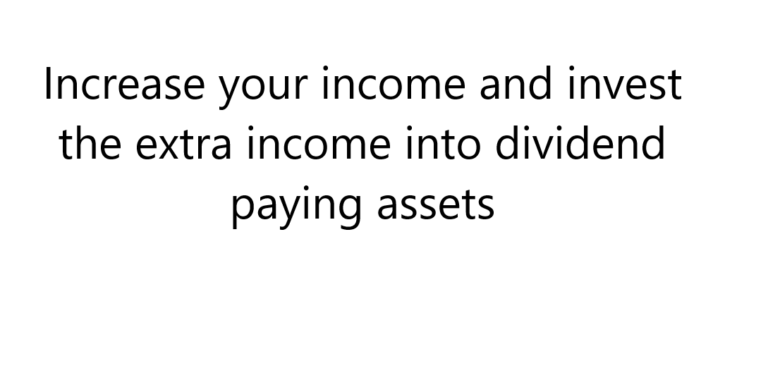The Chameleon of Morality: Who Decides What’s Right or Wrong?
The Chameleon of Morality: Who Decides What’s Right or Wrong? Imagine a world where traffic lights shifted color depending on who sat behind the wheel – red for the minivan mom, green for the CEO in the sleek sedan. Sounds absurd, right? Yet, isn’t that what we grapple with every day? The murky definition of “wrong” and the unsettling suspicion that it might be just as fluid as the power structures around us.

The Chameleon of Morality: Who Decides What’s Right or Wrong?
Delving into this ethical quagmire, we must first unpack the elephant in the room: power dynamics.
The Power Play: When “Might Makes Right”
Throughout history, those with the reins – empires, monarchs, dictators – have dictated the moral compass. What constituted “wrong” wasn’t etched in universal law, but scrawled in decrees convenient for maintaining their grip. Remember the “divine right of kings”? A handy cloak for turning dissent into heresy.
Takeaway: Power can warp the very fabric of morality, bending “right” and “wrong” to its own ends.
The Nuance of Context: Gray Areas and Shades of Wrong
But is it always so stark? What about situations where intentions blur and lines cross? Imagine a soldier following orders in a questionable war. Is “wrong” a black and white label when grey clouds of duty and survival obscure the horizon?
Takeaway: Context adds complexity to the picture. Judging “wrong” demands acknowledging the intricate tapestry of circumstances, not just pronouncements from the powerful.
The Shifting Sands of Progress: When “Wrong” Evolves
Thankfully, morality isn’t static. The once-accepted practice of slavery now rightly sits on the pedestal of historical wrongs. This evolution is often driven by the voices of the marginalized, those who challenge the existing power structures and redefine what’s truly unacceptable.
Takeaway: Progress thrives on challenging the status quo and pushing the boundaries of what’s deemed “wrong.” The oppressed can become the architects of a more just moral landscape.
The Internal Compass: When Conscience Whispers Dissent
But what about our own moral compass? Can we navigate the maze of power and context with just an internal sense of right and wrong? While societal norms and legal frameworks guide us, ultimately, it’s often that quiet voice within that steers us towards ethical action.
Takeaway: Don’t underestimate the power of your own moral compass. Even in the face of powerful figures dictating “wrong,” listening to your conscience can be the most courageous act.
The Collective Responsibility: Shaping a Shared Morality
So, who ultimately decides what’s wrong? The answer, perhaps, lies not in singular entities, but in the collective tapestry we weave. By holding power accountable, challenging the status quo, and nurturing individual consciences, we can shape a shared moral landscape where “wrong” isn’t dictated by the seat of power, but by the collective yearning for a just and equitable world.
Takeaway: We are all participants in defining and upholding what’s “wrong.” Through activism, critical thinking, and individual integrity, we can co-create a world where morality isn’t a chameleon clinging to power, but a beacon guiding us towards a better future.
Conclusion
This complex dance between power, context, and individual conscience demands ongoing dialogue. So, tell me, what keeps your moral compass pointed true? Where have you witnessed “wrong” being reshaped by collective action? Share your thoughts in the comments below – let’s continue weaving this tapestry of shared morality together.
Like this post? Share it with your network and keep the conversation going!
Remember, morality is a vibrant landscape, not a stagnant pool. By acknowledging the nuances, challenging power structures, and nurturing our own ethical compass, we can navigate the murky waters of “wrong” and strive towards a world where justice, not power, dictates the code of conduct.
You May Like: Unveiling the Hidden Costs: Demystifying Phantom Costs





